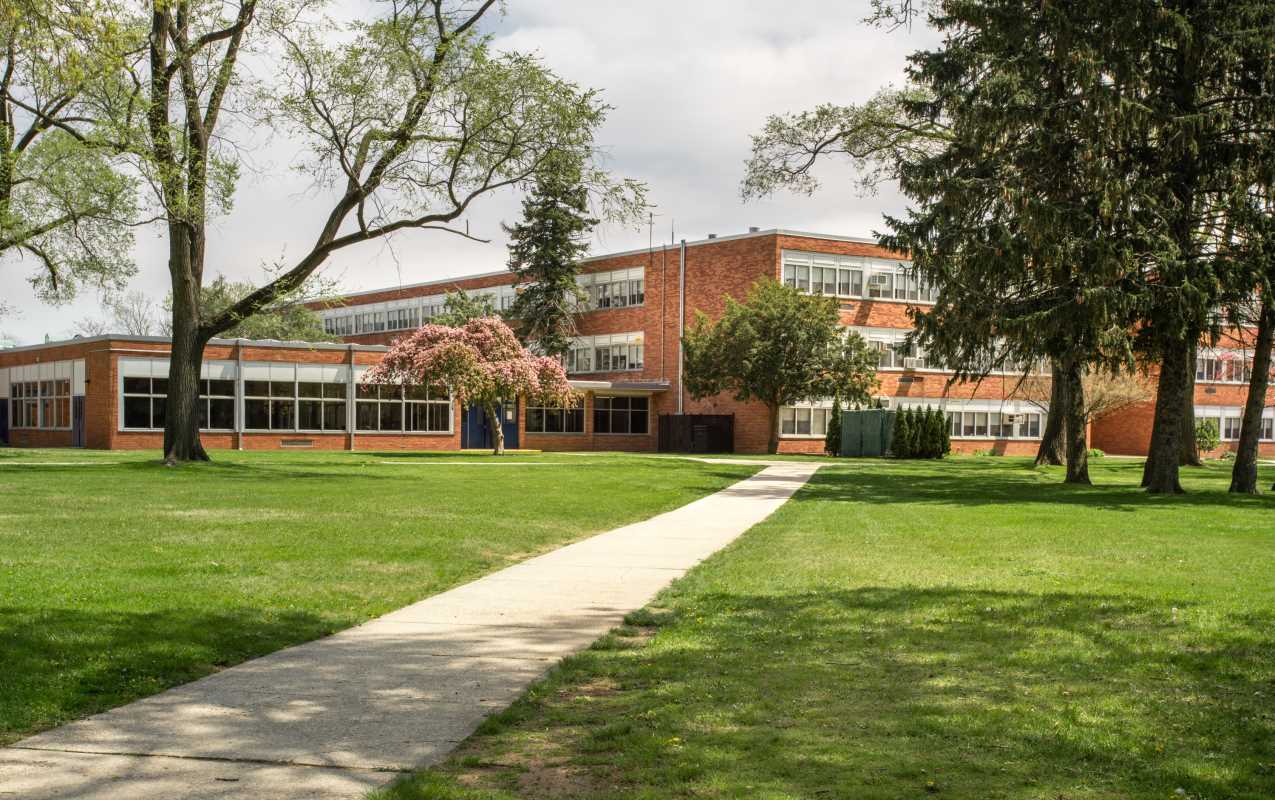Higher education is often seen as a pathway to success, providing students with the knowledge and skills needed to build prosperous careers. However, not all institutions of higher learning are created equal. Over the years, several colleges, including for-profit institutions and traditional universities, have faced financial difficulties leading to bankruptcy or abrupt closures. These failures have left students in the lurch, with unfinished degrees, disrupted educational paths, and uncertain futures. In this article, we will explore some of the most notable cases of college bankruptcies, examining the causes behind their downfall and the impact on students and the broader education landscape.
1. Corinthian Colleges: The Collapse of a For-Profit Giant
Corinthian Colleges, Inc. was once one of the largest for-profit education companies in the United States, operating over 100 campuses under the brands Everest, Heald College, and WyoTech. Founded in 1995, Corinthian rapidly expanded by acquiring smaller schools and offering a wide range of programs in fields such as healthcare, business, and information technology. However, behind its rapid growth were serious financial mismanagement issues and allegations of fraudulent practices.
By the early 2010s, Corinthian Colleges had come under intense scrutiny from federal and state regulators. The U.S. Department of Education launched investigations into the company’s marketing practices, which allegedly misled students about job placement rates and the value of their degrees. The investigation also uncovered that Corinthian had falsified student records to secure federal financial aid funds.
In 2014, the Department of Education imposed restrictions on Corinthian’s access to federal student aid, cutting off a crucial revenue stream. Unable to survive without this funding, Corinthian Colleges declared bankruptcy in 2015, leaving tens of thousands of students in limbo. The abrupt closure of Corinthian's campuses sparked a wave of protests from students, many of whom were left with massive student loan debts and worthless degrees.
The fall of Corinthian Colleges highlighted the vulnerabilities of for-profit institutions, particularly those heavily reliant on federal student aid. The scandal also led to increased regulatory scrutiny of the for-profit education sector and prompted reforms aimed at protecting students from similar predatory practices.
2. ITT Technical Institute: Another For-Profit Downfall
ITT Technical Institute, commonly known as ITT Tech, was another major for-profit education provider that met a similar fate as Corinthian Colleges. Founded in 1969, ITT Tech grew to operate over 130 campuses across the United States, offering programs in technology, business, and criminal justice. However, like Corinthian, ITT Tech became embroiled in controversy over its business practices.
The company faced multiple lawsuits and investigations over allegations of deceptive marketing, misleading students about job placement rates, and pushing students into high-interest private loans that they could not repay. In 2016, the U.S. Department of Education banned ITT Tech from enrolling new students using federal financial aid, citing the institution’s failure to meet accreditation standards and concerns about its financial stability.
The loss of federal funding was a death blow to ITT Tech, which filed for bankruptcy and closed all of its campuses in September 2016. The sudden shutdown left over 35,000 students stranded, many of whom were burdened with student loan debt for programs they could no longer complete. The closure also resulted in the loss of thousands of jobs for faculty and staff.
The demise of ITT Tech underscored the risks associated with for-profit colleges, particularly those that prioritize profit over educational quality and student outcomes. The collapse also fueled debates about the role of federal oversight in protecting students from predatory institutions and the need for greater accountability in higher education.
3. Mount Ida College: A Small Liberal Arts College's Sudden Closure
While for-profit institutions have been the focus of many high-profile bankruptcies, traditional nonprofit colleges are not immune to financial distress. Mount Ida College, a small private liberal arts college located in Newton, Massachusetts, is a prime example of how financial instability can lead to the abrupt closure of a long-standing institution.
Founded in 1899, Mount Ida College offered a range of undergraduate programs, including business, veterinary technology, and graphic design. However, by the mid-2010s, the college was facing declining enrollment, rising operational costs, and growing debt. Despite efforts to attract more students and improve its financial situation, Mount Ida struggled to stay afloat.
In 2018, Mount Ida College announced that it would close its doors at the end of the academic year and that its campus would be sold to the University of Massachusetts Amherst. The announcement shocked students, faculty, and staff, who had been unaware of the severity of the college’s financial problems. The closure left more than 1,500 students scrambling to transfer to other institutions to complete their degrees.
The sudden closure of Mount Ida College raised questions about the transparency of college finances and the responsibility of higher education institutions to inform students and staff about potential financial risks. It also highlighted the challenges faced by small liberal arts colleges in a competitive higher education market, where declining enrollment and financial pressures can quickly lead to insolvency.
4. Sweet Briar College: The College That Almost Closed
Sweet Briar College, a private women’s liberal arts college in Virginia, offers a unique story of near-closure and subsequent revival. Founded in 1901, Sweet Briar has a rich history and a reputation for academic excellence. However, by 2015, the college was facing severe financial difficulties due to declining enrollment and a shrinking endowment.
In March 2015, Sweet Briar’s board of directors announced that the college would close at the end of the academic year, citing “insurmountable financial challenges.” The announcement shocked the college community and sparked a grassroots campaign to save the institution. Alumnae, faculty, students, and supporters mobilized to raise funds, file lawsuits, and negotiate with the college’s leadership to keep Sweet Briar open.
The efforts paid off. In June 2015, a settlement was reached that allowed Sweet Briar to remain open, and a new board of directors and president were installed. The college implemented significant financial and operational reforms, including cutting costs, increasing fundraising efforts, and revamping its curriculum to attract more students.
While Sweet Briar’s story is one of survival, it underscores the financial vulnerabilities faced by small, tuition-dependent colleges. The college’s near-closure also highlighted the importance of community support and innovative thinking in navigating financial crises in higher education.
5. San Francisco Art Institute: The Struggles of a Prestigious Art School
The San Francisco Art Institute (SFAI), one of the oldest and most prestigious art schools in the United States, faced significant financial challenges that nearly led to its closure. Founded in 1871, SFAI has a rich history of producing renowned artists and has played a central role in the development of contemporary art in America.
Despite its illustrious reputation, SFAI struggled with declining enrollment, rising costs, and mounting debt. The COVID-19 pandemic exacerbated these challenges, leading to a sharp drop in tuition revenue and fundraising difficulties. In March 2020, SFAI announced that it would suspend its degree programs and lay off most of its staff, effectively signaling the end of the institution as a degree-granting college.
The announcement sparked outrage among students, faculty, and alumni, who lamented the loss of a vital cultural institution. However, in a twist of fate, a group of donors and supporters stepped in to save the school, raising funds to keep it open on a limited basis. In 2021, SFAI resumed some of its programs and continued efforts to secure its financial future, though its long-term viability remains uncertain.
The struggles of SFAI illustrate the financial difficulties faced by specialized institutions that rely heavily on tuition and donations. The case also highlights the impact of the COVID-19 pandemic on higher education, particularly for schools that were already facing financial instability.
The Broader Implications of College Bankruptcies
The bankruptcy or closure of a college is a traumatic event for students, faculty, and staff. Students are often left with unfinished degrees, lost credits, and uncertain futures, while faculty and staff face unemployment and the loss of their professional community. The broader implications of college bankruptcies extend beyond the immediate stakeholders, affecting the reputation of higher education institutions and eroding public trust in the sector.
The cases of Corinthian Colleges, ITT Tech, Mount Ida College, Sweet Briar College, and the San Francisco Art Institute reveal the complex factors that can lead to a college’s downfall, from financial mismanagement and declining enrollment to external economic pressures and regulatory challenges. They also underscore the need for greater transparency, accountability, and oversight in higher education to protect students and ensure the long-term viability of institutions.
Learning from the Past to Secure the Future
The lessons learned from these college bankruptcies are clear: financial stability, ethical leadership, and proactive planning are essential to the survival of higher education institutions. As the landscape of higher education continues to evolve, with new challenges such as declining enrollment, rising costs, and the impact of the COVID-19 pandemic, colleges and universities must adapt to ensure their long-term success.
For students, the best defense against the risk of attending a financially unstable institution is to research colleges thoroughly, including reviewing their financial health, accreditation status, and track record. For colleges, it is crucial to prioritize financial sustainability, transparency, and accountability to avoid the pitfalls that have led to the downfall of so many institutions in the past.
By learning from the mistakes of these bankrupt colleges, the higher education sector can work towards a more secure and resilient future, ensuring that students receive the education they deserve without the risk of being left stranded by a school’s sudden closure.
(Image via Adobe)







